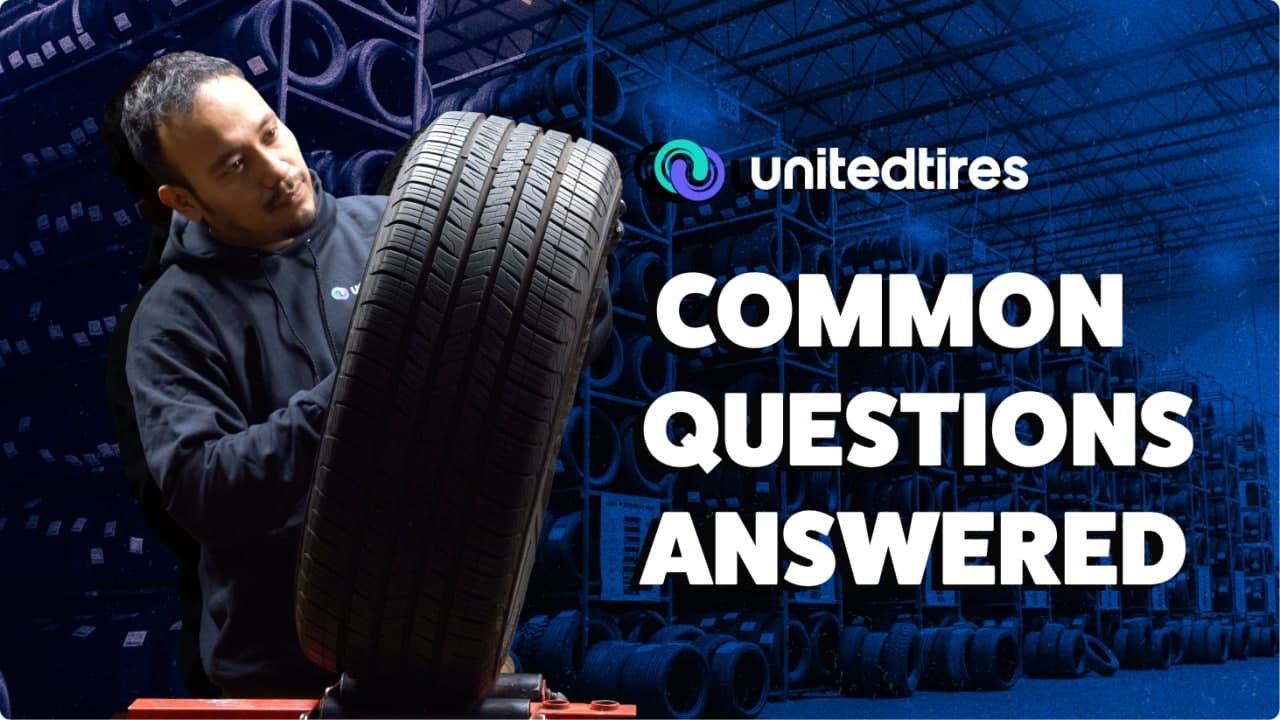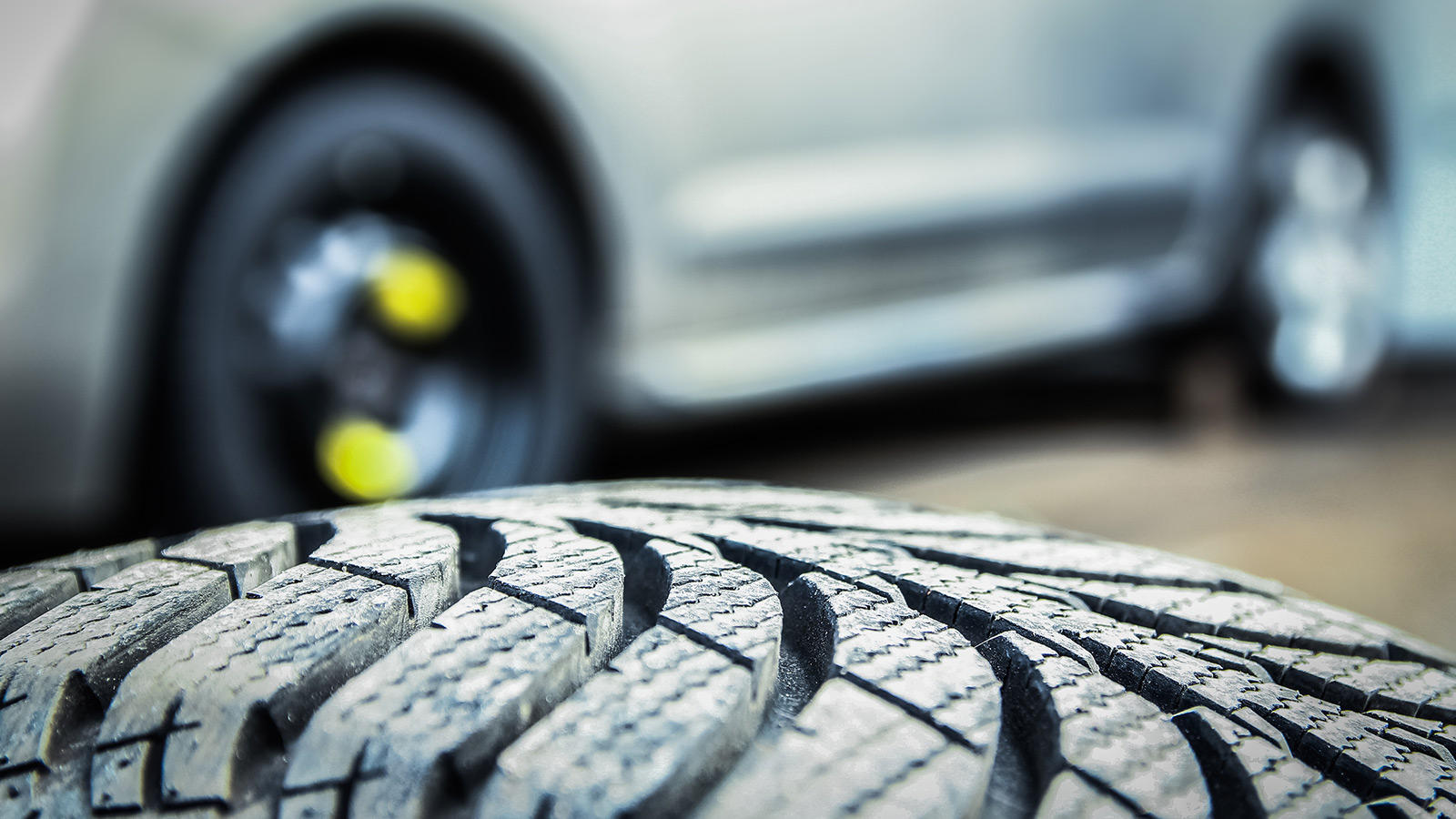All Categories
Featured
Table of Contents
I had the ability to get 100 hours out of one of these tires, and while it had absolutely no tire lugs left on it, the soft compound made it function very wellas long as I was using a soft mousse. Kitt Stringer image Easy installing - 3Wear - 3Sidewall strength - 3Performance on origins - 4Performance on damp rocks - 2Traction on dirt - 5Cornering ability - 4Traction while braking - 4Self-clearing of dirt and mud - 3Performance in mud - 3Overall predictability or tracking - 3 _ 37 Verdict: This is an excellent well-rounded tire with good worth for cash.

The wear was regular and I such as for how long it lasted and just how regular the feeling was throughout use. This would certainly also be an excellent tire for faster races as the lug dimension and spacing little bit in well on rapid surface. Kitt Stringer picture Easy placing - 3Wear - 3Sidewall toughness - 3Performance on origins - 4Performance on wet rocks - 4Traction on dirt - 4Cornering capacity - 4Traction while braking - 5Self-clearing of dirt and mud - 4Performance in mud - 4Overall predictability or monitoring - 4_42 Conclusion: I liked this tire a lot.
If I had to acquire a tire for hard enduro, this would certainly remain in my top choice. Easy mounting - 3Wear - 3Sidewall stamina - 3Performance on origins - 4Performance on wet rocks - 3Traction on dust - 4Cornering capability - 3Traction while braking - 3Self-clearing of dust and mud - 4Performance in mud - 4Overall predictability or tracking - 3 _ 34 Conclusion: This tire was very soft and flexible.
All the gummy tires I tested performed rather close for the initial 10 hours or so, with the victors mosting likely to the softer tires that had much better traction on rocks (Tyre replacement). Buying a gummy tire will absolutely give you a strong advantage over a regular soft substance tire, yet you do spend for that benefit with quicker wear
Honest Tyre Installation Near Me
This is an excellent tire for spring and fall problems where the dust is soft with some dampness still in it. These tested race tires are fantastic all around, but put on swiftly.
My total victor for a difficult enduro tire. If I needed to invest money on a tire for everyday training and riding, I would choose this one.
Tyre Fitting Services Near Me
I've been running a collection of Michelin Power Pilot 2CT's on my track Daytona 675 for the previous year. Because time I have actually done 15 track days in all weather conditions from cold wet to incredibly warm and these tyres have actually never ever missed out on a beat. Tyre replacement. I've done nearly 2,000 miles (3,200 kilometres) on them and as you can see from this shot of the front taken after first session of my 15th track day on them, they still have fairly a whole lot of rubber left on them
Simply put the 2CT is an incredible track day tyre. If you're the kind of cyclist that is likely to experience both damp and completely dry conditions and is beginning on the right track days as I was in 2014, after that I believe you'll be tough pressed to locate a much better worth for money and experienced tire than the 2CT; a set of which will certainly set you back around 185 (US$ 300) in the UK.
Developing a much better all round road/track tire than the 2CT have to have been a hard task for Michelin. The outcome of that initiative is the Michelin Pilot Power 3 which essentially replaces the Pure. Do not perplex this brand-new tyre with the road going Pilot Road 3 which is not made for track use (although some riders do).
When the Pilot Power 3 launched, Michelin advised it as a 50:50% roadway: track tyre. All the motorcyclist reports that I've checked out for the tire price it as a better tire than the 2CT in all areas however specifically in the damp.
Long-lasting Tyres
Technically there are many differences between both tires although both utilize a dual substance. Aesthetically you can see that the 2CT has fewer grooves cut right into the tire but that the grooves run to the side of the tire. The Pilot Power 3 has even more grooves for much better water dispersal but these grooves don't get to the shoulder of the tyre.
One aspect of the Pilot Power 3 which is different to the 2CT is the new 2CT+ innovation which extends the harder center area under the softer shoulders (on the back tire). This ought to give much more stability and reduce any "agonize" when increasing out of corners despite the lighter weight and more versatile nature of this new tire.

I was slightly suspicious about these reduced stress, it transformed out that they were fine and the tyres performed really well on track, and the rubber looked better for it at the end of the day. Just as a point of referral, various other (quick team) riders running Metzeler Racetecs were using tyre stress around 22-24 psi for the rear and 24-27 psi on the front.
Developing a better all rounded road/track tyre than the 2CT need to have been a tough job for Michelin. The result of that initiative is the Michelin Pilot Power 3 which essentially replaces the Pure. Do not puzzle this new tire with the roadway going Pilot Roadway 3 which is not developed for track usage (although some bikers do).
Best Discount Tyres Near Me (Dayton)
When the Pilot Power 3 released, Michelin suggested it as a 50:50% roadway: track tire. All the motorcyclist reports that I have actually read for the tire price it as a better tire than the 2CT in all locations however especially in the damp.

Technically there are plenty of differences between the 2 tires even though both utilize a double compound. Aesthetically you can see that the 2CT has fewer grooves cut right into the tyre but that the grooves go to the edge of the tyre. The Pilot Power 3 has more grooves for better water dispersal however these grooves do not get to the shoulder of the tyre.
One element of the Pilot Power 3 which is different to the 2CT is the brand-new 2CT+ modern technology which extends the harder middle area under the softer shoulders (on the rear tire). This must give a lot more stability and reduce any kind of "squirm" when speeding up out of corners despite the lighter weight and more flexible nature of this brand-new tyre.
Although I was a little uncertain concerning these reduced pressures, it ended up that they were fine and the tyres carried out actually well on track, and the rubber looked better for it at the end of the day. Just as a point of referral, various other (fast team) bikers running Metzeler Racetecs were making use of tire pressures around 22-24 psi for the back and 24-27 psi on the front
Latest Posts
Top Tyre Inspections – Wangara
Trusted High-quality Tyres Near Me – Dianella WA
Cheap Tyres Near Me